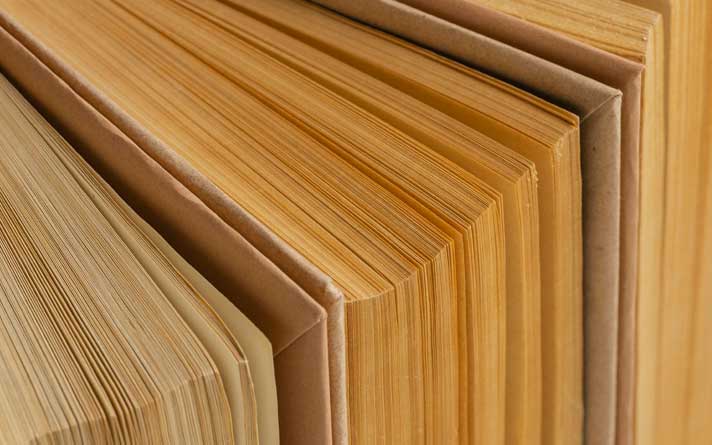
Plywood sheet is a versatile and commonly used construction material consisting of layers of wood veneer (plywood) glued together. Here are some important things to know about plywood sheets.
1. Structure: Plywood is typically made from an odd number of thin pieces of wood, called plies or layers, that are glued together by alternating the direction of their grain. This cross-grain construction increases strength and stability.
2. Types of Plywood: Various types of plywood are available, each suitable for specific applications. Common types include softwood plywood, hardwood plywood, marine plywood, and structural plywood. The choice of plywood type depends on the requirements of your project.
3. Grades: Plywood comes in various grades, which reflect its quality and appearance. Common grading systems include A, B, C, and D. Grade A is the highest quality, with minimal defects, while Grade D may have more defects but is still structurally sound.
4. Size: Plywood sheets come in standard sizes, such as 4x8 feet (1220x2440 mm) being the most common. However, other sizes are also available depending on specific project requirements.
5. Thickness: Plywood is available in various thicknesses from 1/8 inch (3.18 mm) to 3/4 inch (19.05 mm) or thicker. The choice of thickness depends on the intended use and load-bearing requirements.
6. Uses: Plywood is used in a wide range of applications including furniture construction, cabinetry, flooring, roofing, sheathing and wall panelling. Marine plywood is specifically designed for use in water-related applications.
7. Strength: Plywood is known for its strength and durability due to its layered construction. It is often used in structural applications where strength and stability are important.
8. Finish: Plywood can be purchased with a variety of finishes, such as sanded, smooth or textured surfaces. The choice of finish depends on the desired application and desired aesthetics.
9. Treated Plywood: In some cases, plywood can be treated with protective or fire retardant coatings to increase its resistance to rot, insects or fire.
10. Price: Plywood prices can vary significantly based on type, grade, size and thickness. High-quality plywood is more expensive.
11. Cutting and Shaping: Plywood is relatively easy to cut and shape using common woodworking tools. It can be sawed, drilled, rooted and sanded to create various shapes and sizes.
12. Finishing: When using plywood for visible surfaces, it can be finished using paint, stain or veneer to improve its appearance.
13. Environmental Considerations: Some plywood products are made from sustainable sources and may be certified by organizations such as the Forest Stewardship Council (FSC). These products are more environmentally friendly.
14. Safety: When cutting or working with plywood, wear proper safety equipment including eye protection and a dust mask, as cutting and sanding can create fine wood dust.
15. Storage: Store plywood sheets in a dry, flat and ventilated place. Properly support and cover them to protect them from moisture.
Plywood is a versatile material that has a wide range of applications in construction and woodworking. Choosing the right plywood for your project requires understanding its types, grades, and characteristics.